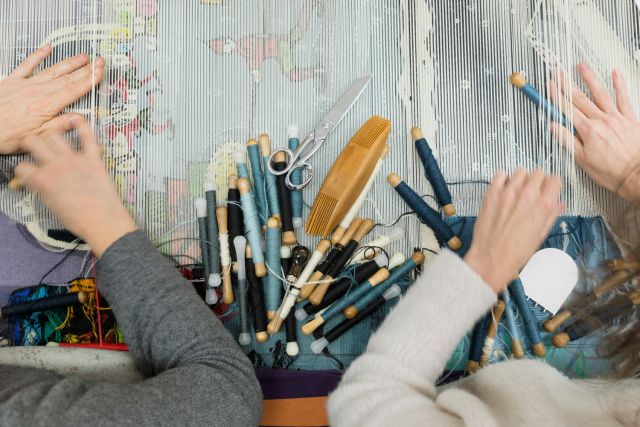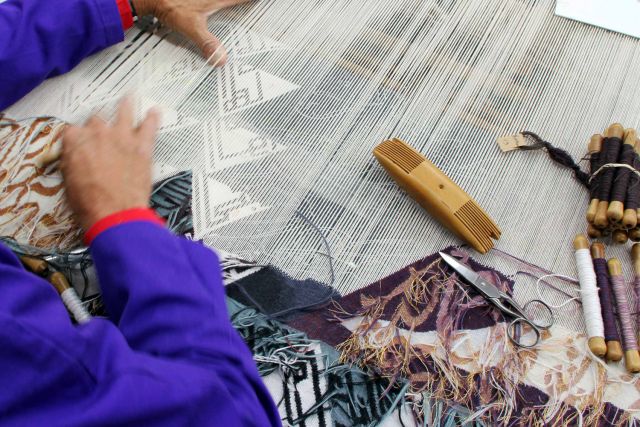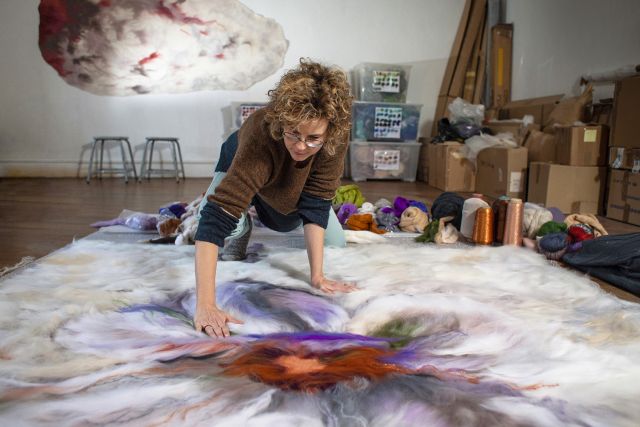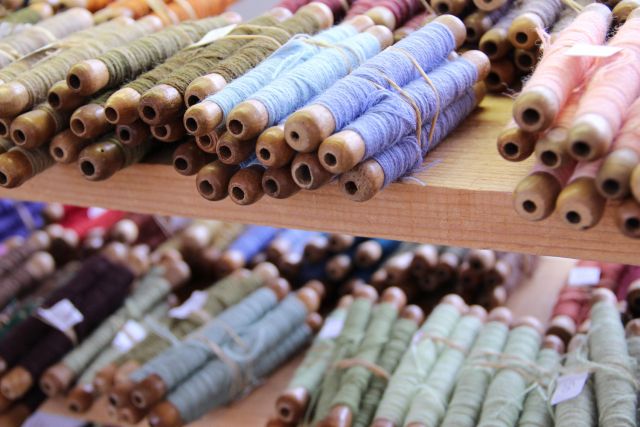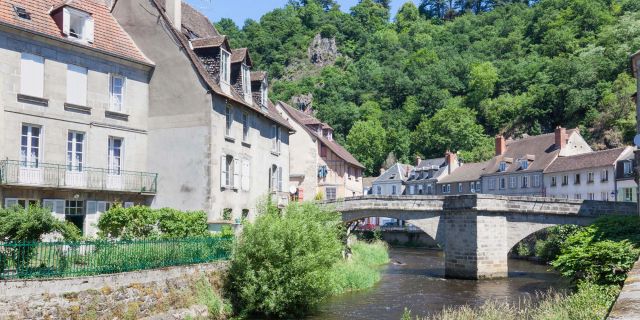
Bruno Ythier
- Curator
- Ambassador for Aubusson, France
A new perspective on crafts
Bruno Ythier is a museum curator; he has explored the question of savoir-faire in many forms, aiming to provide a new understanding of the crafts. For ten years, he led the creation of the Cité internationale de la Tapisserie in Aubusson, the purpose of which was to give back its place to the transmission of know-how and to propose a renewed approach to the history of tapestry in the region, which dates back nearly six centuries. Bruno’s main concern is the understanding of how the work is made. For him, listening to and observing the craftsman is key; this collaborative work allows to consider the creations in a new light. Before Aubusson, Bruno directed the project and the realization of the Musée des Manufactures de Dentelles, in Retournac, Haute-Loire. By rescuing an old lace factory, the mission focused on the preservation of the heritage and the influence of the lace manufacture, unique in Europe. Up to a new challenge, Bruno recently joined the Museum of Joseph Déchelette, in Roanne, as a chief curator.
What does craftsmanship signify to you?A world, worlds, which connect man to his environment, which connect men to each other across time and space, which connect the men of an era through intelligence, gesture and beauty.
How does it feature in your work and life?A central place, through my path, my reflection, my choices. I try to understand their work so that I can better show and share it with the visitors of the museums I have been or am involved with. It is an object of curiosity and daily study, in my work and in my personal life. And very often curiosity turns into fascination.
Do you work with craftspeople and how?To be the curator of a museum dedicated to savoir-faire absolutely requires working with craftsmen: otherwise, the museum becomes "out of touch". (…) In Retournac, with the lace works, in Aubusson, with the tapestries, we have always tried to abolish the academic borders between the history of art, the history of techniques, the anthropology of know-how, so that we can approach the works from renewed, rich angles, offering an understanding of a craft through history, raw materials, know-how, their transmission, economy, aesthetics.
How would you define excellence?Mastery, sufficiently acquired to approach perfection, to innovate, to transgress, to produce a work whose strength and energy will be communicative even to a neophyte. A will to advance in an ideal where doubts and knowledge dialogue in a fertile way, where tradition and creativity obey the same design of gesture, of intelligence of the material, of relevance of the project and its concretization. Excellence is also about sharing, through monstration and transmission.




